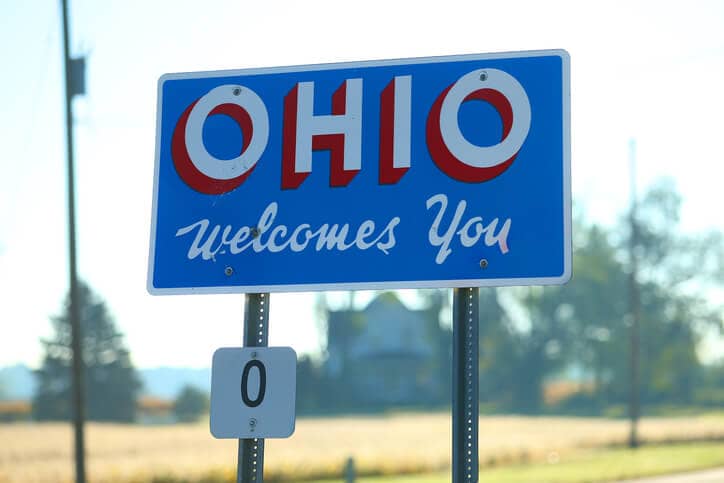The U.S. Department of Energy (DOE) has released data showing the number of battery packs sold for plug-in electric vehicles (PEVs) declined by 3.4% from 2014 to 2015 – but the total battery capacity for all PEVs sold between 2014 and 2015 increased by 22.6%.
According to the DOE, the rising battery capacities of PEV models have increased battery production, even when sales of battery packs are down.
Following the introduction of mass market PEVs in 2011, the total battery capacity sold increased nearly 10-fold from 0.4 million kWh to 3.8 million kWh by 2015.
The sales volume of hybrid electric vehicles (HEVs), and therefore, HEV battery packs, is much higher than for PEVs, but their battery capacities are much smaller. Battery capacities for 2011-2015 HEV models usually ranged from about 1 kWh to 2 kWh, while PEV models for this same period had battery capacities as large as 90 kWh for a single battery pack. As a result, the total battery capacity sold for PEVs is much higher than it is for HEVs despite lower PEV sales volumes.
Number of vehicle battery packs sold and capacity sold, 2013-2015:
| Calendar Year | Battery Capacity Sold (Million Kilowatt-hours) | Battery Packs Sold (Thousands) | ||
|---|---|---|---|---|
| HEV | PEV | HEV | PEV | |
| 2011 | 0.34 | 0.4 | 267 | 18 |
| 2012 | 0.56 | 1.0 | 435 | 53 |
| 2013 | 0.64 | 2.87 | 496 | 97 |
| 2014 | 0.60 | 3.10 | 452 | 119 |
| 2015 | 0.50 | 3.80 | 384 | 115 |
| Sources: Data are estimated using hybrid and plug-in vehicle sales data, along with information on battery suppliers. Vehicle sales data – Yan Zhou, Argonne National Laboratory, Battery suppliers – Compiled from public sources by John Thomas, Oak Ridge National Laboratory, January 2016. |
||||







